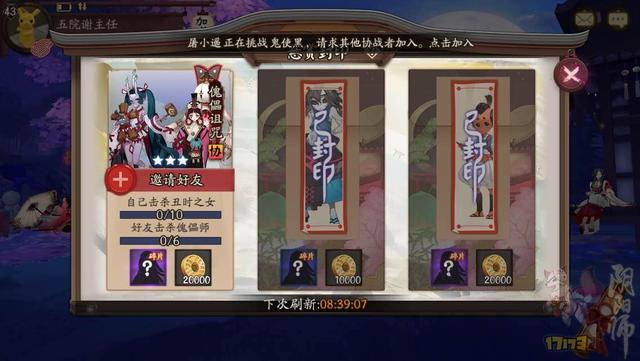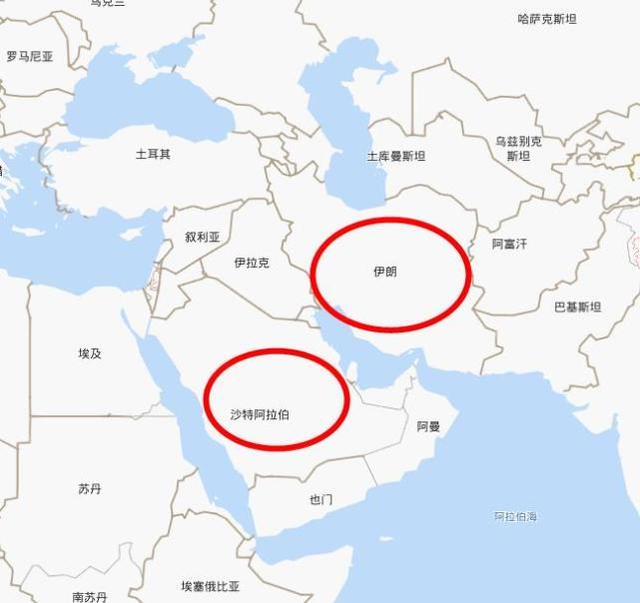
一、背景概述
书跟其他不同类型产品的差别在于书籍容易被盗版,盗版书籍对于阅读内容及阅读体验都会产生影响,盗版书籍上的错误信息、内容遗漏等容易产生误导,所以读者对于书籍的购买保有一定的谨慎。
而对于二手书的购买最关注的就是书本有没有受损,整不整洁,字迹清不清晰,内容有没有遗漏,书能不能给人好的感觉。对于二手书这方面的顾虑也在一定程度抑制了二手书交易市场的发展。
另一方面,校园二手书的需求量很大,尤其是对于教材来说。以重庆邮电大学为例,除了大一上学期学校会统一购买教材外,其他学期基本都是由学生自行购买教材。学生可以根据课程的需求和自己的意愿,自行决定是否购买教材,更具灵活性。
The difference between books and other different types of products is that books are easy to be pirated. Pirated books will have an impact on reading content and reading experience.
Misinformation and content omissions on pirated books are likely to be misleading, so readers should be cautious about the purchase of books. .
For the purchase of second-hand books, the most concern is whether the books are damaged, untidy, unclear, and the contents are missing, and whether the books can give people a good feeling.
Concerns about second-hand books have also restrained the development of the second-hand book trading market to a certain extent.
On the other hand, there is a huge demand for second-hand campus books, especially for teaching materials. Take Chongqing University of Posts and Telecommunications as an example.
Except for the unified purchase of teaching materials in the first semester of freshman year, students purchase teaching materials in other semesters. Students can decide whether to purchase teaching materials according to the needs of the course and their own wishes, which is more flexible.
二、需求分析
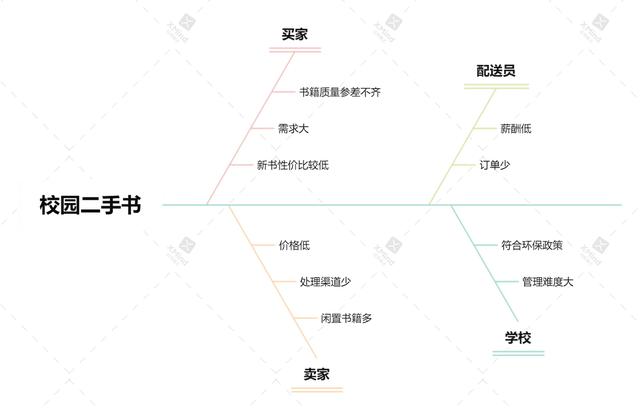
需求分析主要通过鱼骨图进行描述,分别从买家、卖家、配送员、学校四个方面简明阐述了设计校园二手书交易系统的需求性。
The demand analysis is mainly described by the fishbone diagram, which concisely expounds the demand for designing the campus second-hand book transaction system from the four aspects of buyers, sellers, distributors, and schools.
三、用例图分析
(一)用户子系统
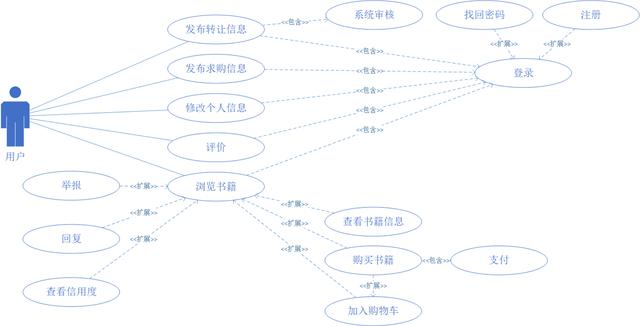
(二)管理员子系统
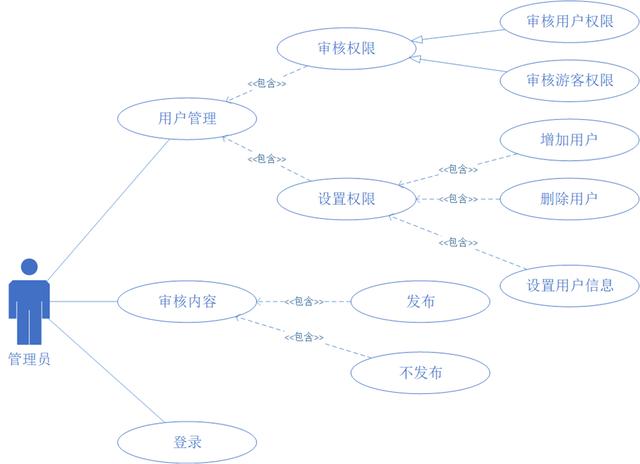
(三)用例图全览
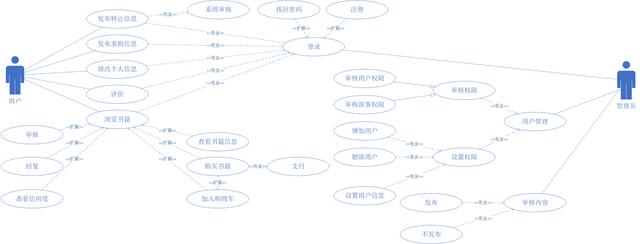
整个用例图包含了用户和管理员两个模型元素。通过用例和关系对校园二手书交易系统做出了整体的描述。用例图中涉及的关系有:关联、泛化、包含、扩展。
The entire use case diagram contains two model elements: user and administrator. A general description of the campus second-hand book transaction system is made through use cases and relationships.
The relationships involved in the use case diagram are: association, generalization, inclusion, and extension.
素材来源:百度、知乎
翻译来源:谷歌翻译




